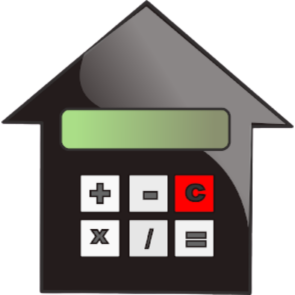
Home Buying 101: The Closing Process Explained
What Happens from Offer Acceptance to Getting the Keys
Welcome back to our Home Buying 101 series! In our last post, we walked through the importance of home inspections and appraisals. Now it’s time to look at what comes next: the closing process.
The closing process is the final stretch of your home buying journey—the period between getting your offer accepted and receiving the keys to your new home. While it may feel like a lot of behind-the-scenes paperwork, knowing what to expect can reduce stress and help you stay on track.
Let’s break it down step by step.
Opening Escrow and Earnest Money
Once your offer is accepted, escrow is opened with a neutral third party who manages the funds and documents. This is when your earnest money deposit is placed into escrow, showing your commitment to the purchase.
Escrow acts as a safeguard, ensuring that neither party has control over the money or documents until all conditions of the sale are met.
Essentially, inspectors look for visible defects and potential safety issues. They don’t tear into walls or guarantee the life expectancy of systems, but they give you a clear picture of the home’s current condition.
Lender Review and Underwriting
If you’re financing the home, your lender now takes the lead. During underwriting, they review your income, assets, and credit to finalize loan approval. This is covered in more detail in the previous blog: Understanding Mortgage Options: Loan Types, Rates, and Assistance Programs
At the same time, they’ll verify that the property itself meets lending requirements. This is where the appraisal comes into play, confirming that the home’s value matches the purchase price. This is covered in the previous blog: home inspections and appraisals

Title Search and Insurance
A title company will research the property’s history to ensure there are no outstanding liens, disputes, or ownership issues. Once cleared, you’ll purchase title insurance, which protects you (and your lender) against future legal claims on the property.
This step helps guarantee that you’re buying a home with a clean and undisputed title.
Homeowner’s Insurance and Final Walkthrough
Before closing, you’ll need to secure homeowner’s insurance. This protects your investment and is typically required by lenders.
You’ll also complete a final walkthrough of the home—usually within 24–48 hours of closing. This ensures the property is in the same condition as when you made your offer and that any agreed-upon repairs have been completed.
Signing Closing Documents
On closing day, you’ll sign a stack of documents, including the loan agreement, deed of trust, and settlement statement. Your lender will fund the loan, and the escrow officer will record the sale with the county.
This step can feel overwhelming due to the paperwork, but your agent, lender, and escrow officer will guide you through each document.
Getting the Keys

Once everything is signed, funds are disbursed, and the deed is recorded, the home is officially yours. This is the moment you’ve been waiting for—time to get the keys and move into your new home!
Conclusion
The closing process may seem complicated, but with the right guidance, it’s a straightforward path to homeownership. From opening escrow to signing documents and finally getting the keys, every step is designed to protect both buyer and seller.
➡️ Stay tuned for the next article in our Home Buying 101 series, we’ll cover Moving In & Next Steps—how to transition smoothly into your new home after closing.
Have questions about the closing process? Let’s talk!



